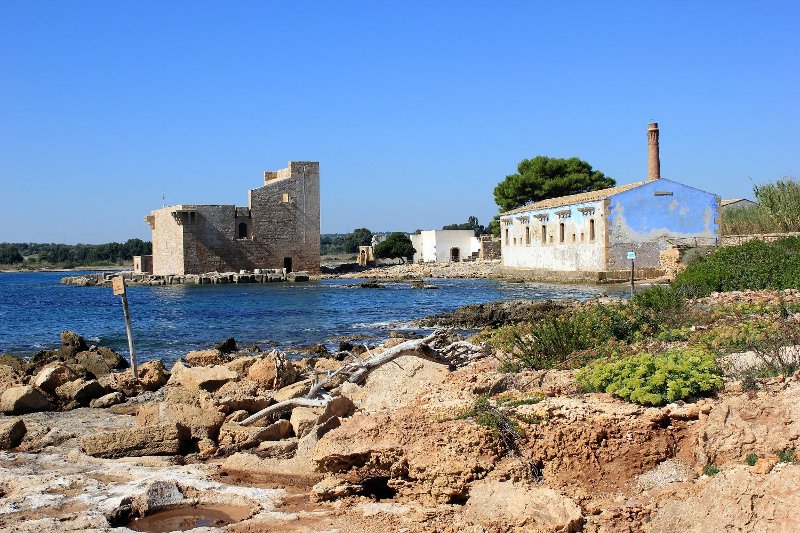Beaches and restaurants near Vendicari
Below you will find a list of beaches and restaurants in and near the Vendicari…
Noto is one of the most characteristic cities of Eastern Sicily, a beating heart of history and culture. A place that is impresses not only for its historic buildings and monuments, but also , and above all, for the harmony of its forms and its urban architecture, characterized by the predominant presence of the Baroque style.
The town of Noto has always been considered one of the most characteristic villages to visit when in Sicily, especially from a tourist point of view.
After the famous “Val di Noto” earthquake of 1693, which destroyed the whole of eastern Sicily, Noto was almost completely rebuilt in the Baroque architectural style.
The meaning of the name of the city has no certain origin, but it has been established in a pre-Hellenic period around the 3rd millennium B.C.(the original name was “Neas”, later transformed by Arab influences into “Notus” and finally into the current “Noto”).
At its original location, now known as “Noto Antica”, which lies 8 km (5 miles) north of the present-day historic center, we can observe various settlements dating back to the Bronze Age.
In Roman times, the city was recognized as an ally of the empire and its citizens obtained a senate: hence the presence of the inscription SPQN (Senatus PopulusQue Netinus) on many of the city’s historic buildings.
Prominent professional figures were involved in the reconstruction of Noto, who designed and reconstructed the architectural appearance of the Noto we know today.
But what made the Baroque capital so majestic and distinctive?
Certainly the perfect combination of two main elements: the stone of Noto, characterized by its golden-yellow color, used for exterior and interior cladding, and the Sicilian Baroque, characterized by exuberant and sophisticated decorations, curved lines and scenic views.
Walking through Noto it’s like walking inside a real open-air museum, where wide squares alternate with imposing stairways, connecting monumental complexes arranged on different levels. Some buildings worth mentioning are:
In addition to being a town full of history and architecture, Noto has no shortage of beautiful seaside areas. Among the most popular tourist attractions are the beaches of Calabernardo, Lido di Noto, Eloro, Pizzuta and Calamosche.

Noto is one of the most characteristic cities of Eastern Sicily, a beating heart of history and culture. A place that is impresses not only for its historic buildings and monuments, but also , and above all, for the harmony of its forms and its urban architecture, characterized by the predominant presence of the Baroque style.
The town of Noto has always been considered one of the most characteristic villages to visit when in Sicily, especially from a tourist point of view.
After the famous “Val di Noto” earthquake of 1693, which destroyed the whole of eastern Sicily, Noto was almost completely rebuilt in the Baroque architectural style.
The meaning of the name of the city has no certain origin, but it has been established in a pre-Hellenic period around the 3rd millennium B.C.(the original name was “Neas”, later transformed by Arab influences into “Notus” and finally into the current “Noto”).
At its original location, now known as “Noto Antica”, which lies 8 km (5 miles) north of the present-day historic center, we can observe various settlements dating back to the Bronze Age.
In Roman times, the city was recognized as an ally of the empire and its citizens obtained a senate: hence the presence of the inscription SPQN (Senatus PopulusQue Netinus) on many of the city’s historic buildings.
Prominent professional figures were involved in the reconstruction of Noto, who designed and reconstructed the architectural appearance of the Noto we know today.
But what made the Baroque capital so majestic and distinctive?
Certainly the perfect combination of two main elements: the stone of Noto, characterized by its golden-yellow color, used for exterior and interior cladding, and the Sicilian Baroque, characterized by exuberant and sophisticated decorations, curved lines and scenic views.
Walking through Noto it’s like walking inside a real open-air museum, where wide squares alternate with imposing stairways, connecting monumental complexes arranged on different levels. Some buildings worth mentioning are:
In addition to being a town full of history and architecture, Noto has no shortage of beautiful seaside areas. Among the most popular tourist attractions are the beaches of Calabernardo, Lido di Noto, Eloro, Pizzuta and Calamosche.

Below you will find a list of beaches and restaurants in and near the Vendicari…
If you think that the Sicilian experience ends at the golden beaches and crystal-clear waters…
The origins of Syracuse The history of Syracuse has distant origins. In fact, the birth…
Scicli is an ancient and charming small town, where the ambiance is that of a…
Marzamemi is an ancient fishing village, now a touristic, seafaring and fishing center just over…
Palazzolo Acreide is a Baroque town of Greek origins. Located in the Hyblean Plateau and…
In the 1970s, in the country side not far from Noto, the remains of a…
Established in 1984 by the then Minister of Agriculture Filippo Maria Pandolfi, the Vendicari Nature…
Castelluccio Along the Tellaro valley, between the municipalities of Modica and Noto, lies the former…
Ortygia is one of the most striking islands in Sicily, representing the historic center of…
Find out what to see in the historic center of Noto: The Cathedral, Castelluccio’s Palace,…
Noto counts with thousands of years of history that go from the Bronze Age to…
The best solution for those who want to live in this area is to buy…

